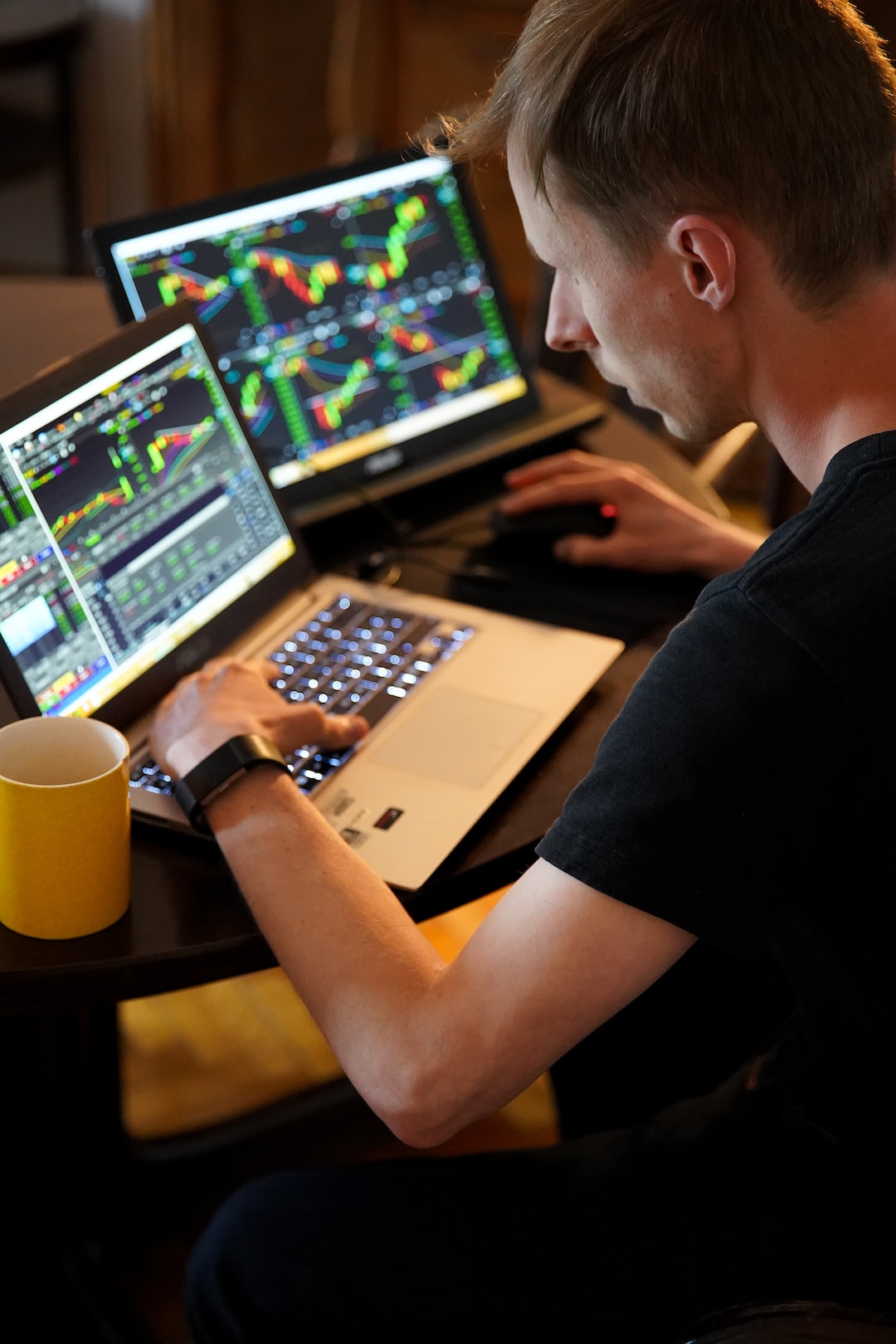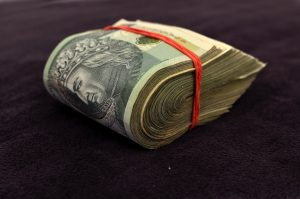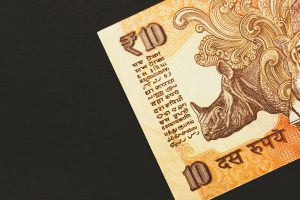Forex trading has been a popular investment option for many individuals for a long time. However, with the advancement of technology, automated trading systems have gained popularity. Automated trading systems, also known as Expert Advisors (EA), are computer programs designed to trade on behalf of the trader. These EAs are designed to follow a set of rules, and they can execute trades automatically, without any human intervention. In this article, we will guide you on how to make your own forex EA.
Step 1: Define your Trading Strategy
The first step in creating your own forex EA is to define your trading strategy. A trading strategy is a set of rules that you use to make trading decisions. A good trading strategy should be clear, concise, and objective. You should be able to define the conditions for entering and exiting trades, as well as the risk management parameters.
Step 2: Choose a Trading Platform
The next step is to choose a trading platform that supports the development of EAs. There are many trading platforms to choose from, including MetaTrader 4, MetaTrader 5, NinjaTrader, and TradeStation. MetaTrader 4 is the most popular trading platform, and it is widely used by traders and developers.
Step 3: Learn a Programming Language
Once you have chosen a trading platform, the next step is to learn a programming language. Most trading platforms support the use of the MQL programming language, which is used to write EAs on the MetaTrader platform. If you are not familiar with programming, you can learn the basics of MQL through online tutorials or by taking a course.
Step 4: Write the Code
After learning the programming language, the next step is to write the code for your EA. The code should be based on your trading strategy and should contain the rules for entering and exiting trades, as well as the risk management parameters. You should also test the code on historical data to ensure that it works accurately.
Step 5: Optimize the EA
Once you have written the code, the next step is to optimize the EA. Optimization involves testing the EA on different parameters to find the best settings for your trading strategy. You should test the EA on different timeframes, currency pairs, and trading conditions to ensure that it performs well under different market conditions.
Step 6: Backtest the EA
After optimizing the EA, the next step is to backtest the EA. Backtesting involves testing the EA on historical data to see how it would have performed in the past. Backtesting can help you identify any weaknesses in your trading strategy and can help you make improvements to the EA.
Step 7: Deploy the EA
After backtesting the EA, the final step is to deploy the EA on your trading platform. You should test the EA on a demo account before using it on a live account. Once you are satisfied with the performance of the EA, you can use it to trade on a live account.
Conclusion
In conclusion, creating your own forex EA can be a rewarding experience. However, it requires a lot of effort and dedication. You need to have a clear trading strategy, learn a programming language, write the code, optimize the EA, backtest the EA, and deploy the EA. If you are not familiar with programming, you can hire a programmer to write the code for you. Remember that trading carries a high risk, and you should always use proper risk management when trading with an EA.





